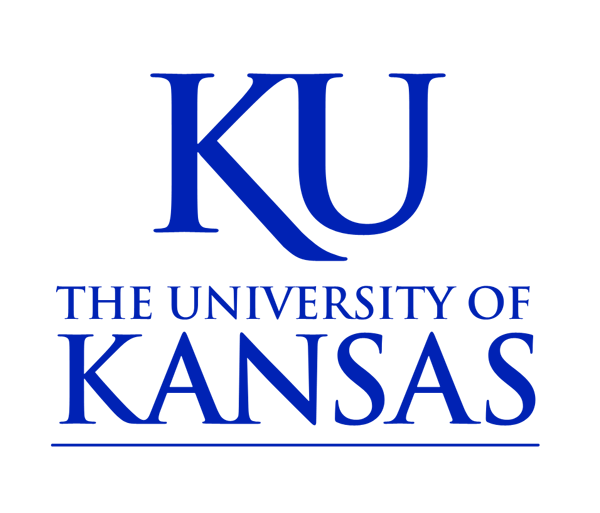From the Office of Public Affairs | http://www.news.ku.edu
Headlines
Contact: Jon Niccum, KU News Service, 785-864-7633, jniccum@ku.edu
Multinational enterprises should choose between two colocation strategies, research finds
LAWRENCE — In business, colocation occurs when firms locate together in the same geographic space.
“In the process of internationalization, firms sometimes colocate with other firms in the same host countries,” said Minyoung Kim, the Frank T. Stockton Professor of Strategic Management at the University of Kansas School of Business.
His new paper “Colocation as network: Types and performance implications of structural positions in colocation network” investigates competitive colocation from a network perspective, introducing a theoretical framework on the dimensions of competitive colocation and their implications for large firms competing in a global scale. It appears in the Journal of International Business Studies.
One of the key mechanisms for colocation is “strategic interactions,” which concern the patterns of a focal firm’s sequential decisions in consideration of rivals’ location choices. (For instance, the multinational tire company Michelin famously attacked Goodyear’s U.S. home market in the 1970s by using its cash flow from the European market. Goodyear defended against Michelin’s push by retaliating in Michelin’s European market.)
“The new perspective that we are introducing in this paper is the conceptualization of colocation as network,” said Kim, who co-wrote the piece with Chang Hoon Oh, the William & Judy Docking Professor of Strategy at KU, and Jukyeong Han, an assistant professor at McMaster University and Kim’s former doctoral student at KU.
“We introduce a new conceptualization of location choice and colocation as an interfirm network relationship, and this new conceptualization enables us to investigate types and performance implications of structural positions in the colocation network,” he said. “In doing so, we also shed light on the ‘strength of weak ties’ in the process of firm internationalization.”
He said the study addresses the question of “To follow, or not to follow?” Specifically, this paper helps managers answer whether multinational enterprises should repeatedly colocate with the same competitors across multiple countries or with diverse competitors with less repetition.
From the network perspective, previous studies highlight strong ties in repetitive colocation with a small number of competitors, neglecting the strength of weak ties in less repetitive colocation with a large number of unique firms.
“Our network-based approach provides an integrative framework to simultaneously investigate these two types of colocation strategies. By doing so, it enables us to compare and contrast the two types and investigate their performance implications,” Kim said.
Another managerial implication is the intrinsic tradeoff between the two colocation strategies. Managers need to understand the trade-off between “encountering-the-same-competitors” and “avoiding-the-same-competitors,” and choose one that fits their strategic goals. Pursuing both strategies could cancel out the unique benefits of each strategy and can result in “stuck-in-the-middle” performance.
In terms of methodology, the team introduced two distinct dimensions of a firm’s competitive colocation: intensity and diversity. They also developed a typology of a firm’s structural position in the competitive colocation network: simple colocation, multicountry colocation and multifirm colocation. Testing predictions of the theoretical framework with subsidiary location information of those listed in the Fortune Global 500, they found corroborating evidence in support of their thesis that the intensity and diversity of a firm’s competitive colocation individually and jointly influenced firm performance. Additionally, they found multicountry colocation outperforms the other two types.
Kim said he’s always been interested in the phenomenon of firms’ behaviors in geographic space.
“There was a point when I realized that the existing approach is limiting our understanding, and the network perspective can be helpful better illuminating the relational nature of the phenomenon because firms choose locations and make decisions on colocation not only for what locations have to offer but also to consider rivals’ location choices,” he said.
Now in his 11th year at KU, Kim studies the intersection between strategic management and international business. He often focuses on how firms create value and how they appropriate the value they have created.
“Imitative behaviors in location decisions in general and colocation in specific bear ever more important performance implications nowadays because they help reduce competitive risks in conditions of uncertainty,” Kim said.
“As the level of uncertainty in the current business environment is getting higher, colocation as an imitative behavior becomes more crucial.”
-30-
————————————————————————
KU News Service
1450 Jayhawk Blvd.
Lawrence KS 66045
Phone: 785-864-3256
Fax: 785-864-3339
kunews@ku.edu
http://www.news.ku.edu
Erinn Barcomb-Peterson, director of news and media relations, ebp@ku.edu
Today’s News is a free service from the Office of Public Affairs




